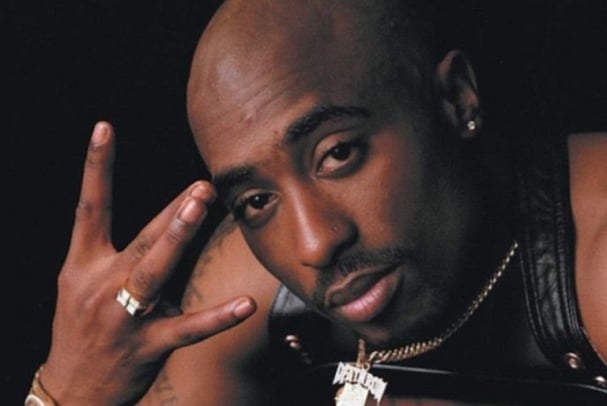
![]()
A former street gang leader has pleaded not guilty to orchestrating a drive-by shooting that killed Tupac Shakur in 1996 in Las Vegas.
Duane Keith “Keffe D” Davis, is the only person still alive who was in the vehicle from which shots were fired and the only person ever charged with a crime in the case.
The 60-year-old from Compton was arrested on September 29, renewing attention to one of music’s most enduring mysteries.
The indictment alleges Davis obtained and provided a gun to someone in the back seat of a Cadillac before the car-to-car gunfire that mortally wounded Shakur and wounded rap music mogul Marion Suge Knight near the Las Vegas Strip.
Shakur died a week later. He was just 25. Knight, now 58, is in prison in California, serving a 28-year sentence for the death of a Compton businessman in 2015.
Prosecutors allege that Shakur’s killing in Las Vegas came out of competition between East Coast members of a Bloods gang sect and West Coast groups of a Crips sect, including Davis, for dominance in the so-called gangsta rap world.
The grand jury was told the September 1996 shooting in Las Vegas was retaliation for an earlier brawl at a casino involving Shakur and Davis’ nephew, Orlando Anderson a.k.a. Baby Lane.
Prosecutors told a grand jury that Davis implicated himself in multiple interviews and a 2019 tell-all memoir that described his life leading a Crips sect in Compton.
Davis has said he obtained a .40-caliber handgun and handed it to Anderson, in the back seat of a Cadillac, though he didn’t identify Anderson as the shooter.
Anderson, then 22, denied involvement in Shakur’s killing and died two years later in a shooting in his hometown of Compton.
In his book, Davis wrote that he told authorities in 2010 what he knew of the killings of Shakur and gang rival Notorious B.I.G, to protect himself and 48 of his Southside Compton Crips gang associates from the possibility of life in prison.
Shakur who was incredibly influential in his short career had five No. 1 albums, was nominated for six Grammy Awards, was inducted into the Rock & Roll Hall of Fame in 2017, and received a posthumous star this year on the Hollywood Walk of Fame.
He is the subject of a current Los Angeles museum exhibit, “Tupac Shakur. Wake Me When I’m Free.”